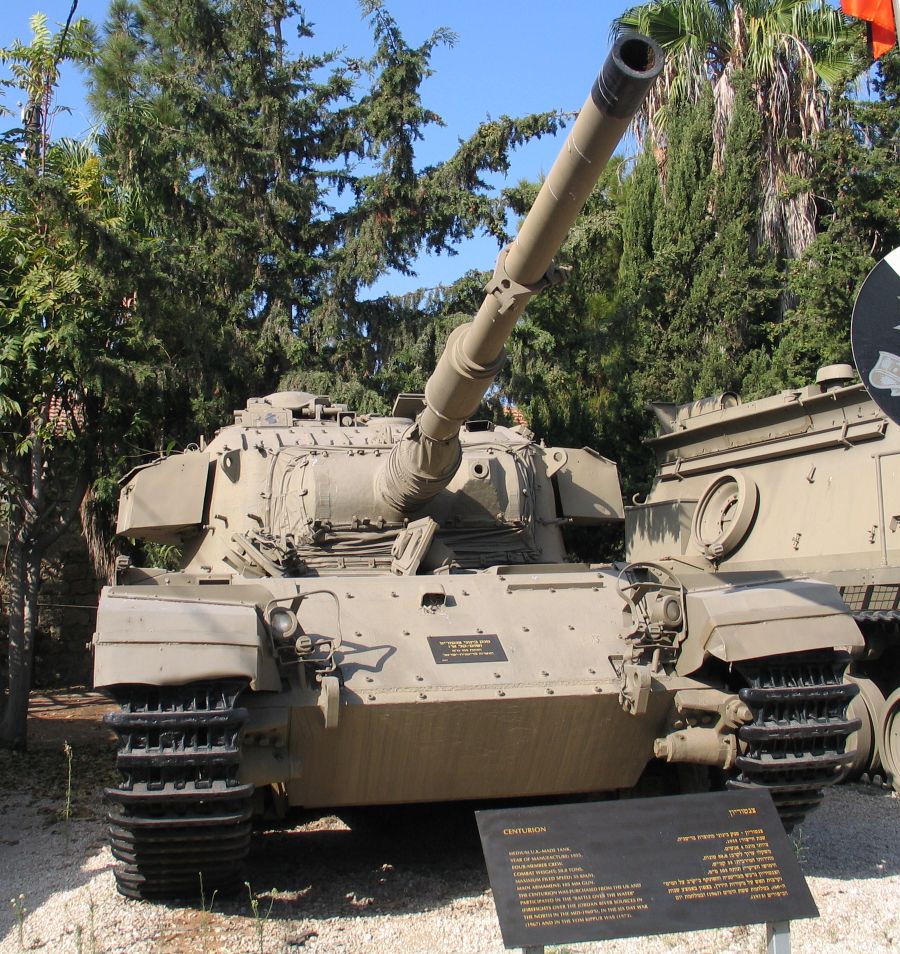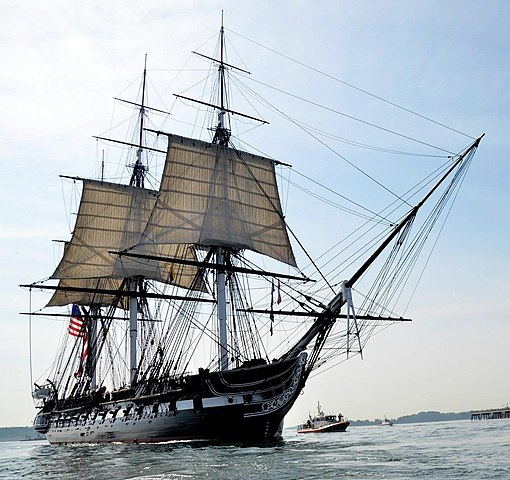 |
| (via Wikipedia) |
 |
| (via Wikimedia) |
 |
| (via Wikimedia) |
 |
| (via Wikimedia) |
 |
| (via Wikipedia) |
 |
| (via Wikimedia) |
 |
| (via Wikimedia) |
 |
| (via Wikimedia) |
Based on the book Washington’s Spies written by Alexander Rose, Turn is set in the summer of 1778 and tells the story of New York farmer Abe Woodhull, who bands together with a group of childhood friends to form The Culper Ring, an unlikely group of spies who turn the tide in America’s fight for independence. Turn, from AMC Studios, is written by showrunner Craig Silverstein (Nikita) and executive produced by Barry Josephson (Bones, Enchanted) from Josephson Entertainment. The series stars Jamie Bell as Abraham Woodhull, Kevin McNally as Judge Richard Woodhull, Burn Gorman as Major Hewlett, Angus MacFadyen as Robert Rogers, JJ Feild as Major John Andre, Seth Numrich as Ben Talmadge, Daniel Henshall as Caleb, and Heather Lind as Anna Strong.I think the only thing I've seen Jamie Bell in was that movie Jumper with Hayden Christiansen (aka Anakin Skywalker/Darth Vader), but he's been in a bunch of other movies. I've never heard of any of the other actors, but then again, how many people had heard of the casts of Mad Men or The Walking Dead before those shows came along? Here's to hoping this doesn't flop like Rubicon did. AMC has had a pretty good track record thus far, so I'm optimistic.
 |
| M103 heavy tank. |
 |
| IS-3 heavy tank. |
 |
| M551 Sheridan. |
 |
| M60A3 Patton. |
 |
| MBT-70. |
 |
| Via Wikipedia. |
 |
| Credit: National Archives. |
 |
| Hark! A Vagrant by Kate Beaton. |
.jpg/462px-King_Richard_III_from_NPG_(2).jpg) |
| Is it just me, or does he look like Christopher Walken? Credit: Wikipedia. |
Perhaps in realisation of the implications of this, Richard then appears to have led an impromptu cavalry charge deep into the enemy ranks in an attempt to end the battle quickly by striking at Henry Tudor himself. Accounts note that Richard fought bravely and ably during this manoeuvre, unhorsing Sir John Cheney, a well-known jousting champion, killing Henry's standard bearer Sir William Brandon and coming within a sword's length of Henry himself before being finally surrounded by Sir William Stanley's men and killed. The Burgundian chronicler Jean Molinet says that a Welshman struck the death-blow with a halberd while Richard's horse was stuck in the marshy ground. It was said that the blows were so violent that the king's helmet was driven into his skull. The contemporary Welsh poet Guto'r Glyn implies that the leading Welsh Lancastrian Rhys ap Thomas, or one of his men, killed the king, writing that he "killed the boar, shaved his head". The recent discovery of King Richard's body shows that the skeleton had 10 wounds, eight of them to the head, clearly inflicted in battle and suggesting the king had lost his helmet. The skull showed that a blade had hacked away part of the rear of the skull. Richard III was the last English king to be killed in battle.Given that Richard suffered from scoliosis, charging into the thick of battle like that is impressive as hell. Of course, he wasn't entirely a good man. He's believe to have been involved in the murder of his two nephews, the so-called Princes in the Tower. His reputation as being evil was due to William Shakespeare's Richard III and effective Tudor-era propaganda. As for his remains, there are plans to build him a tomb. I wonder if any members of the current royal family will attend his reburial? They should, with him being a king and all.
 |
| bookfever.com. |
In a battery of events that will make a hero out of an illiterate private, a young Richard Sharpe poses as the enemy to bring down a ruthless Indian dictator backed by fearsome French troops.
The year is 1799, and Richard Sharpe is just beginning his military career. An inexperienced young private in His Majesty's service, Sharpe becomes part of an expedition to India to push the ruthless Tippoo of Mysore from his throne and drive out his French allies. To penetrate the Tippoo's city and make contact with a Scottish spy being held prisoner there, Sharpe has to pose as a deserter. Success will make him a sergeant, but failure will turn him over to the Tippoo's brutal executioners — or, worse — his man-eating tigers. Picking his way through an exotic and alien world. Sharpe realizes that one slip will mean disaster. And when the furious British assault on the city finally begins, Sharpe must take up arms against his true comrades to preserve his false identity, risking death at their hands in order to avoid detection and thus to foil the Tippoo's well-set trap.
 |
| CSS Virginia ramming the USS Cumberland. Credit: Wikipedia. |